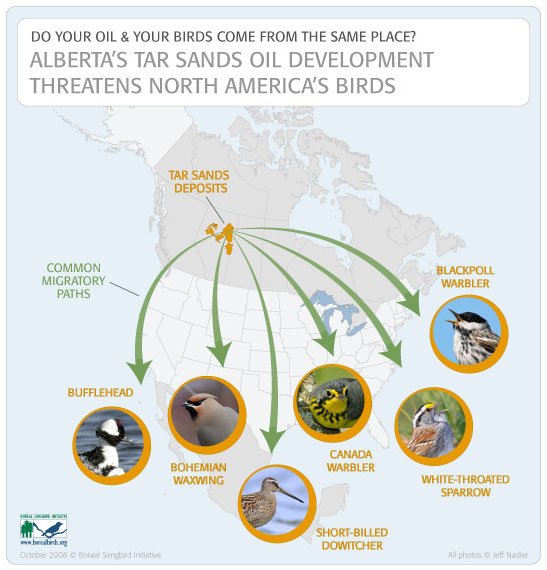Merri notes, “After reading Judy Liddell’s bird report for the Estancia Basin, we headed to Clements Road just south of I-40 and just outside of Estancia. Wide-open ranches dominate the landscape out there. Driving and walking down dirt roads, we saw more than TWENTY ferruginous hawks, 4 rough-legged hawks, 2 red-tails, 2 golden eagles, some kestrels, a merlin, 2 shrikes, tons of horned lark, and 30+ antelope. We walked across ranch land and down a country road.â€
I’ll add that we had never knowingly seen ferruginous nor rough-legged hawks, making these lifers for us both. In fact, we saw so many of each in so many poses that it was a field-lesson. It made for a beautiful day trip.
After seeing all those hawks on our main walks of the day, we looked for Cienega Draw on Willow Lake Rd, which seem to me imaginative, not descriptive, in this oh-so dry landscape. That detour did take us past the Thunder Chicken Ranch, a great name for an ostrich farm.
We drove farther south toward the two large-ish lakes that appear on the map south of the correctional facility. One lake was full of snow — surprising with the temp above 50 — but no liquid. Before we got to the second lake, a Cadillac Esplanade pulled up next to us. The woman driving asked if we were lost. No, I said, we’re bird-watching and thought the lakes might have something. She seemed surprised, then said sometimes they see cranes. I said I thought this was a public road and she said, yes, a little farther until the gate to the Wrye Ranch, which we saw the northern edge of at Clements Rd — quite a large spread. She drove on and immediately after her Mr Wrye stopped in his truck, "You need help?" he asked and I said, no, we’re just out for a drive. They were polite and offering help is neighborly but they were likely suspicious of strangers on "their" road. After they passed, we went on to the gate and turned around. If there is a second lake, it is behind a very high berm on the south side of the road.
Returning to pavement, we stopped where cottonwoods bordered what may have once been a house, now just some rubble. Mer saw a bird land. She got out and took photos of a merlin, yet another bird of prey to end our day. peace, mjh
PS- I recommend Judy Liddell’s blog, It’s a Bird Thing…, as well as her book, Birding Hot Spots of Central New Mexico . If you can’t join her on a weekly birding trip, you can walk in her footsteps, as we have several times.
. If you can’t join her on a weekly birding trip, you can walk in her footsteps, as we have several times.
PPS- Real birders or twitchers (in Great Britain) keep lots of lists, including at least one Life List. I’m a bird watcher, not a birder. My Life List only includes birds I’ve photographed.



































